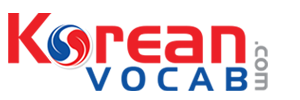Overview
A Brief History on the Korean Language
In the mid-1400’s, King Sejong, a revolutionary leader and passionate scholar who ruled what we know as modern-day Korea, created Hangul in an effort to improve the literacy rate for his people. At the time, the lettering system was primarily based off of Chinese characters and much of the population found it to be too complicated and difficult to learn. Daily life was primary conducted through verbal speech and many things such as business transactions were not documented as the population could not read or write.
King Sejong spearheaded this issue by creating a simple alphabet system called “Hangul,” in an effort to improve the quality of life for his people. An alphabet system which consisted of 28 letters was quickly developed and adopted by the majority of the population. New written words were created to capture the actual meanings behind certain spoken words, and Korea’s rich history was able to be accurately documented and retained for the very first time.
Thanks to King Sejong’s amazing system and love for his people, the illiteracy rate in Korea is virtually non-existent today.
Let’s Get Started
As we pass on this amazing language system to you, we highly recommend studying the following letter groups in the order listed below. This process will allow you to catch onto the nuisances of learning this language, retain information better, and master reading a whole lot quicker.
Begin Here:
To help you master this language even faster, check out the fun learning tools we’ve developed by clicking here, and sign-up for our free language learning series (composed of 5 reading lessons sent straight to your email) by clicking here.
With these special tools, you’ll be reading in no time.
